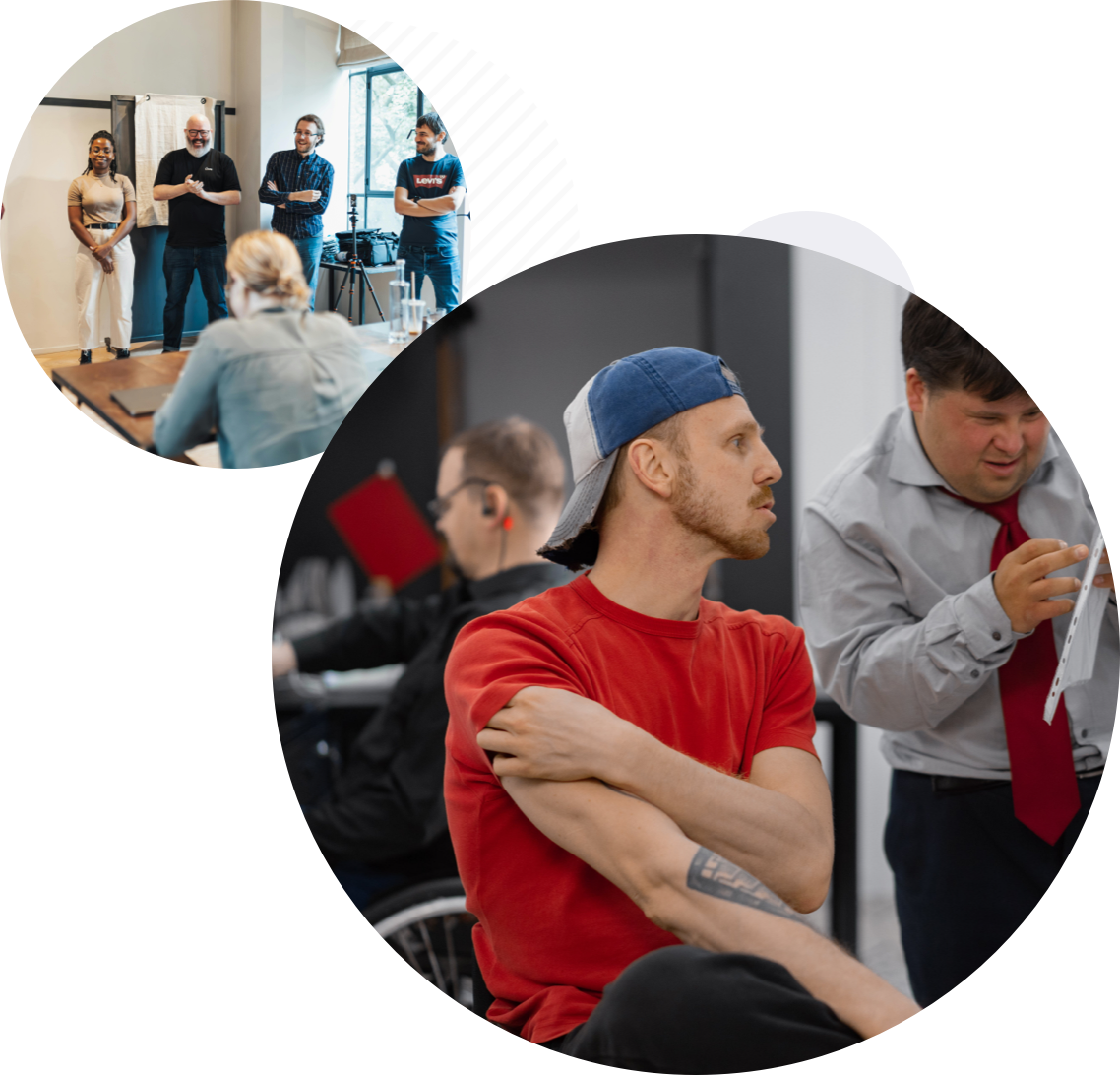DEI Succession
We take a holistic, cognitive and data-driven approach to Diversity, Equity, Accessibility, Racial Justice, and Inclusion.

DEI Succession
Succession planning in the context of Diversity, Equity, and Inclusion (DEI) involves intentionally preparing and developing a diverse pool of talent to fill key leadership roles within an organization. It ensures that individuals from underrepresented groups have equal opportunities for advancement, contributing to a more inclusive and equitable workplace.
Succession planning in DEI is not only about preparing individuals for leadership roles but also about creating an organizational culture that values and actively supports diversity and inclusion at all levels. It involves a systemic and intentional approach to address historical disparities and promote equity in leadership opportunities.
DEI Succession
Here’s what succession in DEI might look like:
- Identifying High-Potential Talent:
- Succession planning begins with identifying individuals with high potential within the organization. This should include a diverse range of employees, taking into account factors such as race, gender, ethnicity, age, and other dimensions of diversity.
- Individual Development Plans:
- Create individual development plans for high-potential employees, outlining the skills, experiences, and knowledge needed for future leadership roles. This may involve targeted training, mentorship, and stretch assignments.
- Leadership Development Programs:
- Implement leadership development programs with a focus on diversity and inclusion. These programs should equip participants with the skills necessary for leadership roles while fostering a commitment to DEI principles.
- Mentorship and Sponsorship:
- Facilitate mentorship and sponsorship relationships between individuals from underrepresented groups and current leaders. Mentors provide guidance and advice, while sponsors actively advocate for their mentees’ advancement.
- Succession Pools:
- Establish succession pools that include a diverse range of candidates for key leadership positions. This ensures that there is a pipeline of qualified individuals from underrepresented groups ready to step into leadership roles.
- Leadership Development Training:
- Provide targeted training on inclusive leadership for individuals identified in the succession pool. This training should emphasize the importance of diversity, equity, and inclusion in leadership roles.
- Monitoring and Evaluation:
- Regularly monitor and evaluate the progress of individuals in the succession pool. Track their development, assess their readiness for leadership roles, and make adjustments to the succession plan as needed.
- Networking Opportunities:
- Provide networking opportunities for individuals in the succession pool. This includes participation in industry events, conferences, and internal networking forums to expand their professional connections.
- Performance Reviews and Feedback:
- Conduct fair and unbiased performance reviews, providing constructive feedback to individuals in the succession pool. Use these reviews as a basis for ongoing development and growth.
- Affinity Groups and Employee Resource Groups (ERGs):
- Leverage affinity groups and ERGs to provide additional support and resources to individuals in the succession pool. These groups can offer networking opportunities, mentorship, and a sense of community.
- Transparency in Selection Processes:
- Ensure transparency in leadership selection processes. Clearly communicate the criteria and competencies required for leadership roles, emphasizing fairness and equal opportunity for all candidates.
- Succession Planning Committee:
- Establish a dedicated succession planning committee with representation from diverse backgrounds. This committee can provide oversight, guidance, and accountability for the organization’s succession planning efforts.
- Cultivate a Culture of Inclusion:
- Foster a culture of inclusion throughout the organization. This includes addressing unconscious bias, promoting allyship, and creating an environment where diverse individuals feel valued and supported.
- External Partnerships:
- Explore external partnerships with organizations or initiatives focused on diversity and leadership development. Collaborating with external entities can bring fresh perspectives and additional resources to your succession planning efforts.
- Public Commitment to DEI Succession:
- Make public commitments to diversity, equity, and inclusion in leadership succession. Share your organization’s goals and progress with stakeholders, demonstrating a commitment to transparency and accountability.

Intersectional DEI Capabilities
We are facilitators, educators, and speakers who help organizations tackle diversity and inclusion through customized facilitation training, mediation, and speaking engagements to help create better practices.
- Workshops & Training
- Facilitation
- Executive Coaching
- Speaking Engagements
- Conflict Management
- Inclusive Marketing
- Policy Review
- Inclusive Processes and Systems
- Strategic Planning
- Talent Management
- Impact Investing
- Social Responsibility
- Employee Resource Groups (ERG) and DEI Initiative Development
- Keynote Speaking Engagements
- DEI Focused Retreat Experience
- DEI Executive Leadership Coaching
- Diverse Talent Recruitment and Retention
- Impact Investing Guidance and Support
- Active Listening Workshops and Seminars
- Organizational Change Management
- DEI Internal and External Communications Plans
- DEI Marketing
- Racial Equity & Anti-racism Training
- Allyship Training
- Angel and VC Funding Partnerships
- Organizational Management & Valuing of Human Difference
- Mental Health Educational Programs
- Launching Employee/Business Resource Groups/Affinity Groups
- DEAI Audits and Assessments
- Unconscious Bias Training
- Understanding Microaggressions
- Women’s Leadership Conferences & Events
- Wellness Initiatives
- Setting DEI Metrics & Tracking
- Selecting, Hiring & Developing a DEI Officer
- Establishing High Performing Diversity Councils/Committees






